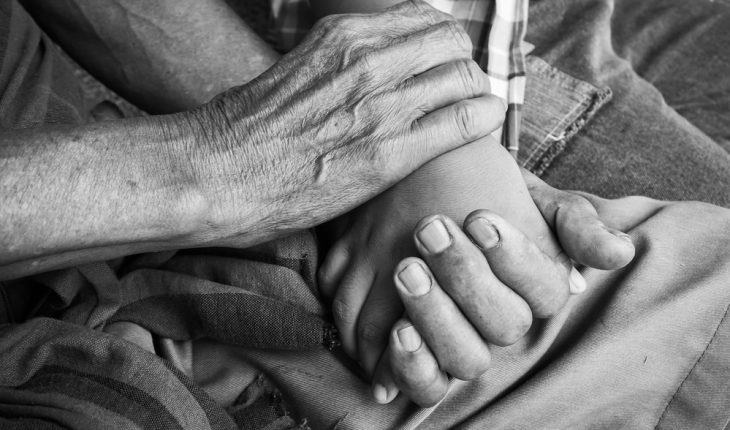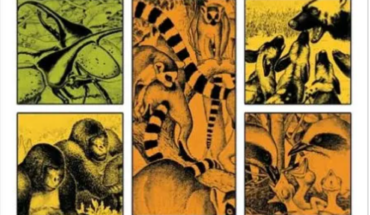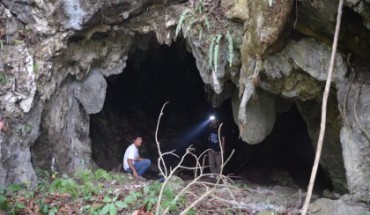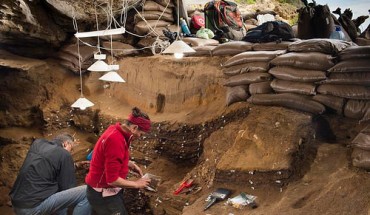By: Penny Spikins
When considering the question of whether humans are a naturally aggressive and violent species, it might be good to take a deep breath and have a look at the other side of the coin.
Yes, there is evidence of interpersonal violence in our ancient history. But actually there is far less of it than one might assume. There is, in fact, far more evidence of interpersonal care: of people who have tended to the injured and ensured that the sick or lame were kept alive. This tendency—for kindness, compassion, and care—is far more unique to the human species than our tendency to lash out. Many animals respond to threats by fighting back. Very few animals tend to their wounded friends, and only humans do it consistently.
There are, perhaps surprisingly, only two known cases of likely interpersonal violence in the archaic species most closely related to us, Neanderthals. That’s out of a total of about 30 near-complete skeletons and 300 partial Neanderthal finds. One—a young adult living in what is now St. Césaire, France, some 36,000 years ago—had the front of his or her skull bashed in. The other, a Neanderthal found in Shanidar Cave in present-day Iraq, was stabbed in the ribs between 45,000 and 35,000 years ago, perhaps by a projectile point shot by a modern human.
The earliest possible evidence of what might be considered warfare or feuding doesn’t show up until some 13,000 years ago at a cemetery in the Nile Valley called Jebel Sahaba, where many of the roughly 60 Homo sapiens individuals appear to have died a violent death.
Evidence of human care, on the other hand, goes back at least 1.5 million years—to long before humans were anatomically modern. A Homo ergaster female from Koobi Fora in Kenya, dated to about 1.6 million years ago, survived several weeks despite a toxic overaccumulation of vitamin A. She must have been given food and water, and protected from predators, to live long enough for this disease to leave a record in her bones.
Such evidence becomes even more notable by half a million years ago. At Sima de los Huesos (Pit of Bones), a site in Spain occupied by ancestors of Neanderthals, three of 28 individuals found in one pit had severe pathology—a girl with a deformed head, a man who was deaf, and an elderly man with a damaged pelvis—but they all lived for long periods of time despite their conditions, indicating that they were cared for. At the same site in Shanidar where a Neanderthal was found stabbed, researchers discovered another skeleton who was blind in one eye and had a withered arm and leg as well as hearing loss, which would have made it extremely hard or impossible to forage for food and survive. His bones show he survived for 15 to 20 years after injury.
At a site in modern-day Vietnam called Man Bac, which dates to around 3,500 years ago, a man with almost complete paralysis and frail bones was looked after by others for over a decade; he must have received care that would be difficult to provide even today.
All of these acts of caring lasted for weeks, months, or years, as opposed to a single moment of violence.
Like food sharing, health care was part of life for our ancestors—a major aspect of how they worked together to survive hard times. Humans have an instinctive reaction to provide care and empathy for those who are sick or hurt; it works to our evolutionary advantage. It is only higher-level cognition that stops us from helping in some instances. Even infants show a desire to comfort those who are in pain.
Stories about violence and aggression naturally draw our attention; we evolved to pay particular notice to potential threats for the good reason that doing so kept us alive. As a result, the news is filled not with stories of everyday kindness but with those that are visceral and scary—they seem more significant because they are frightening. It is easy to think of ourselves as “violent apes.” But on the whole, a better descriptor would be “compassionate apes.” After all, it is our tendency for kindness that sets us apart.
This work first appeared on SAPIENS under a CC BY-ND 4.0 license. Read the original here.




